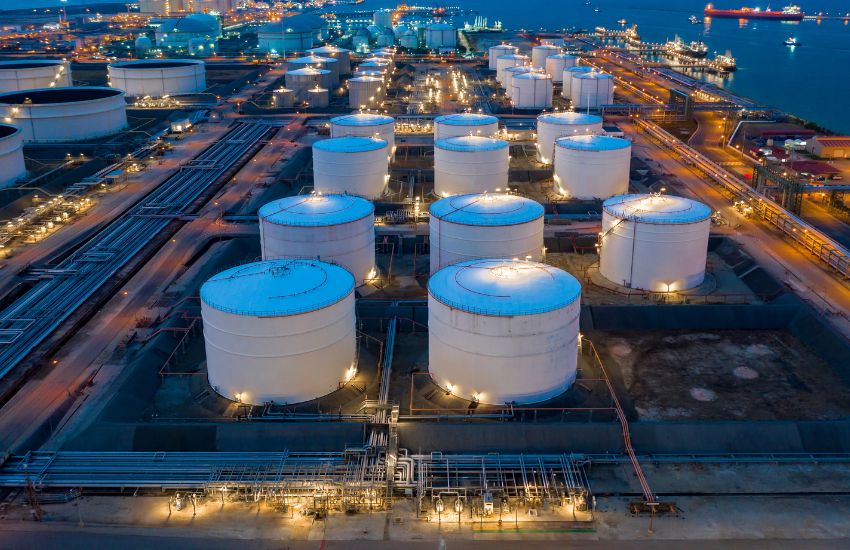Transport And Hub Selection For Liquid Bulk Cargoes
It is critical to start planning a supply chain as early as possible to make sure you have the capabilities to deliver goods. Transport and hub selection for liquid bulk cargoes is often not an easy task. For the delivery of such types of goods, we may need to choose between drums, Intermediate Bulk Containers, flexitanks, tank containers, or parcel tankers, for example. Depending on the type of transport selected, there may also be a need to access tank terminals, container depots, or warehousing facilities.
This article is written by Rudi Stalmans and featured in the 2020 autumn edition of Tank News International. The title of the article in the Magazine is “Transport And Hub Selection For Liquid Bulk Cargoes”.
Transport selection
It is through quotations that you can choose suppliers. Although it seems like a simple task, quotes often have clauses that can make a difference in the final price. It is therefore important to learn how to compare quotations. Each supplier presents its quotations in their format. You can receive several proposals, for the same shipping or logistics requirement, which will not always contain the same information and conditions. Also, comparing proposals from two logistics companies for a tank container shipment is one thing. But how do you compare a quotation for a tank container shipment with a quotation for a parcel tanker shipment, for example? The quote for the tank container shipment could be based on a door to port delivery, while the parcel tanker quote is based on a port to port delivery, for example. This can make things complicated.
Finding a price breakpoint is also recommended. For example, at what freight and conditions will shipping in a tank container be more economical than shipping in a parcel tanker, and vice versa? When the volume increases, shipping in a parcel tanker may become more economical compared to shipping in tank containers, as an example.
Deciding the best mode of transport, however, depends on many other factors, such as distance, geographical destinations, schedules, service availability, frequency, and the nature of the goods. So, in addition to price, to find the best solution, you need to evaluate many other aspects, look at advantages, disadvantages, risks, and challenges.
Hub selection
The costs related to warehousing and tank storage are in addition to transport costs. Since there is no benefit to concentrating on savings in freight, only to pay high fees once goods pass a warehouse, tank terminal, or another interface, these costs must be analyzed when evaluating different supply chain solutions.
Let’s compare a door to port, tank container freight quotation, with a loading taking place at an inland production facility near the loading port, with a parcel tanker freight quotation. Since the tank container quotation is for a door to port freight, and the parcel tanker quotation for a port to port freight, comparing quotations is not easy. The door to port tank container quotation includes the trucking from the inland production facility to the port of loading, and the sea voyage from the port of loading to the port of discharge. The parcel tanker quotation, on the other hand, only includes the sea voyage from the port of loading to the port of discharge. To be able to compare these two options, we will need to add to the parcel tanker freight, the delivery costs from the inland production facility to a tank storage facility in the loading port, and the tank storage rental and handling fees for that storage. Now we are in a better position to compare the tank container shipment with the parcel tanker shipment. Note that this is just a simplified example, and it is critical to include any other costs you may incur.
Continue to read part 2 of this article – “Supply Chain Design: Your Keys To Success“.
Photo Credit: Canva

